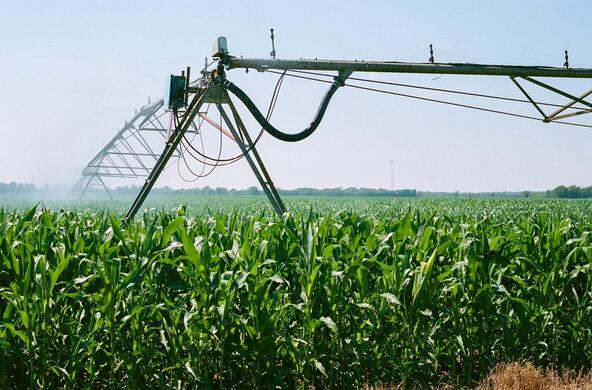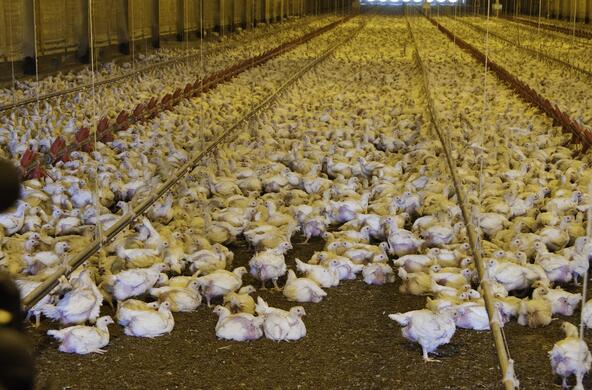It is widely acknowledged that consumption of meat, particularly beef, has major negative impacts to the environment. On the other side of the grocery aisle, fruits and vegetables are thought to have much lesser impact, provided they are not shipped over great distances. But, what about the plethora of processed foods, such as applesauce, chile, baked beans, olives, and soups that contain multiple ingredients, often with supplements of salt and sugar?
Michael Clark and his colleagues have now estimated the environmental impact and nutritional value of 57,000 such processed foods from supermarkets in Great Britain, using the proportional content of raw ingredients and nutritional measures of salt, sugar, and saturated fats (= bad) and protein, fiber, and vegetable oils (= good). I was hopeful to find a strong inverse correlation between favorable nutritional value and less environmental impact. Unfortunately, the results were not so simple.
Products with a high proportion of meat show the highest environmental impacts, but so do dried fruits, nuts, and cheese. Bottled drinks have relatively low environmental impact—they are mostly water—but they don’t score well on nutritional value because many of them are sugar-based. Surprisingly, some packaged potatoes, onion rings, chips, and rice have only modest environmental impact and above average nutritional scores if they have low salt content. Breads and rolls are also a good choice, but more processed bakery goods, such as donuts (unfortunately) fail on both environmental and nutritional metrics.
This study did not include the impacts of packaging, which would increase the impact of goods shipped in glass bottles and aluminum cans, and of shipping distance, which would increase the environmental impact of non-local foods. It pays to be a freshetarian locavore for the best nutrition and the least environmental impact.
Unfortunately, the study reports that chocolate fails on all criteria.
References
Clark, M. and 9 others. 2022. Estimating the environmental impacts of 57,000 food products. Proceedings of the Natural Academy of Sciences doi: 10.1073/pnas.2120584119
Clune, S., E. Crossin, and K. Verghese. 2017. Systematic review of greenhouse gas emissions for different fresh food categories. Journal of Cleaner Production 140: 766-783.
Eshel, G., A. Shepon, T. Markov, and R. Milo. 2014. Land, irrigation water, greenhouse gas, and reactive nitrogen burdens of meat, eggs, and dairy production in the United States. Proceedings of the National Academy of Sciences 111: 111996-12001.
Poore, J. and T. Nemecek. 2018. Reducing food’s environmental impacts through producers and consumers. Science 360: 987-992






